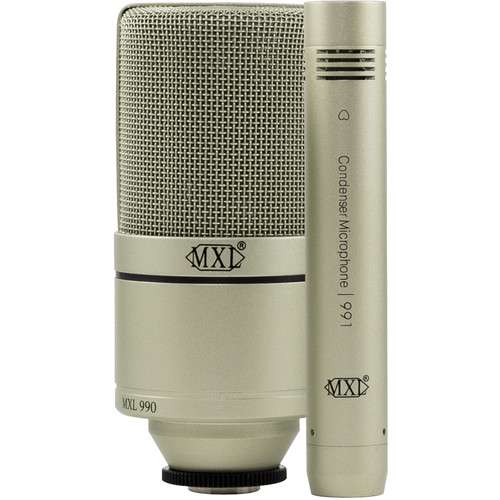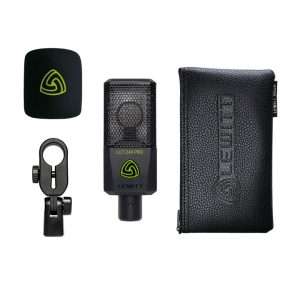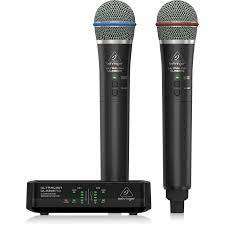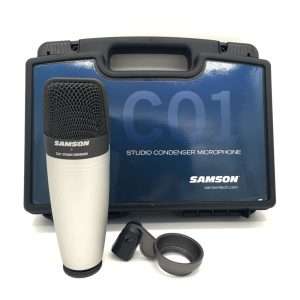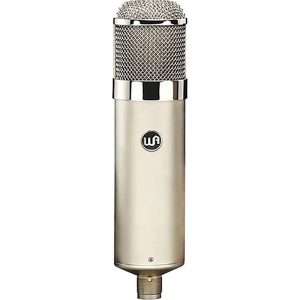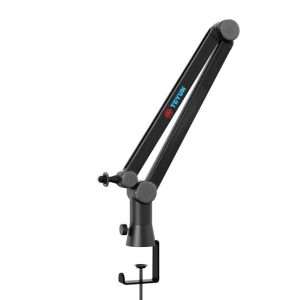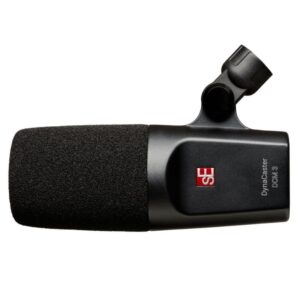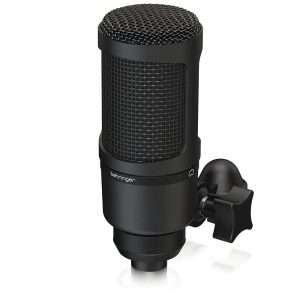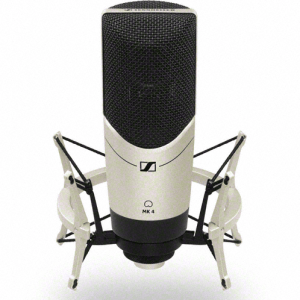Description
The MXL 990/991 Recording Microphone Package is a popular entry-level microphone kit for aspiring musicians, podcasters, and home studio enthusiasts. It’s known for offering two distinct condenser microphones for a relatively affordable price, providing versatility for various recording needs.
What’s in the Package:
The package typically includes:
MXL 990 Large-Diaphragm Condenser Microphone:
- Type: Pressure gradient condenser microphone.
- Diaphragm: Often listed with a 6-micron or 3/4-inch (approx 19mm) gold-sputtered diaphragm. While called “large-diaphragm,” it’s on the smaller side of that category.
- Polar Pattern: Cardioid.
- Frequency Response: 30 Hz – 20 kHz.
- Max SPL: 130 dB.
- Equivalent Noise Level: 20 dB (A-weighted).
- Purpose: Primarily designed for vocals, voice-overs, and general-purpose studio recording. It aims for a “silky sweet high end and a tight solid bass.”
MXL 991 Small-Diaphragm Condenser Microphone:
- Type: Condenser microphone.
- Diaphragm: Features a 20mm (0.79 inch) diaphragm.
- Polar Pattern: Cardioid.
- Frequency Response: 30 Hz – 18 kHz.
- Max SPL: 137 dB.
- Equivalent Noise Level: 18 dB (A-weighted).
- Purpose: Touted as a “superior instrument microphone” designed for recording acoustic guitars, drum overheads, pianos, and other instruments where clarity and detail are desired.
Accessories:
- Hard-Mount Mic Stand Adapters: Usually one for each microphone.
- High-Impact Carrying Case: A rugged case for safe transport and storage of both microphones and accessories.
Features and Specs:
- Microphone Type: Both are condenser microphones, meaning they are sensitive and capture a wide frequency range with detail. They require +48V phantom power from your audio interface or mixer to operate.
- Polar Pattern: Both are fixed cardioid patterns, focusing sound capture from the front and rejecting off-axis noise. This helps in isolating sources in less-than-ideal acoustic environments.
- Gold-Sputtered Diaphragms: Used in both mics to contribute to a professional sound quality.
- Connectivity: Standard 3-pin XLR output for both microphones. You’ll need XLR cables and an audio interface with phantom power.
- Build Quality: Generally feature an all-metal construction, giving them a solid and durable feel for their price point.
Performance & Output Quality:
The MXL 990/991 package is often seen as a gateway to home recording. Here’s a general overview of their performance:
MXL 990 (Vocals):
- Sound Profile: Users often describe it as having a “silky sweet high end” and a “tight solid bass.” It provides a clear and present sound for vocals, though some users might find the high end a bit bright or “sizzly.”
- Applications: Very popular for lead and backing vocals, voice-overs, and podcasting. It can also be used for acoustic guitars and guitar amps.
- Good for beginners: It’s quite forgiving and captures vocals well without needing extensive setup.
MXL 991 (Instruments):
- Sound Profile: Delivers a clear and detailed sound, particularly in the high frequencies, which is beneficial for instruments that require sparkle and definition.
- Applications: Excels on acoustic guitars, where it can capture the intricate details and brightness. It’s a common choice for drum overheads to capture cymbals and the overall kit sound. It can also be used for percussion, piano, and even electric guitar cabs.
- Complementary: The 991’s brighter, more detailed sound complements the 990’s fuller vocal sound. Micing an acoustic guitar with the 990 at the soundhole and the 991 at the fretboard can yield good results.
Users:
- Beginner Home Studio Owners: Looking to get started with multi-microphone recording.
- Singer-Songwriters: Who need both a vocal mic and an instrument mic.
- Content Creators: For vocal recording and instruments in a home studio setup.
- Anyone on a Budget: Who wants two functional condenser mics for varied recording needs.
